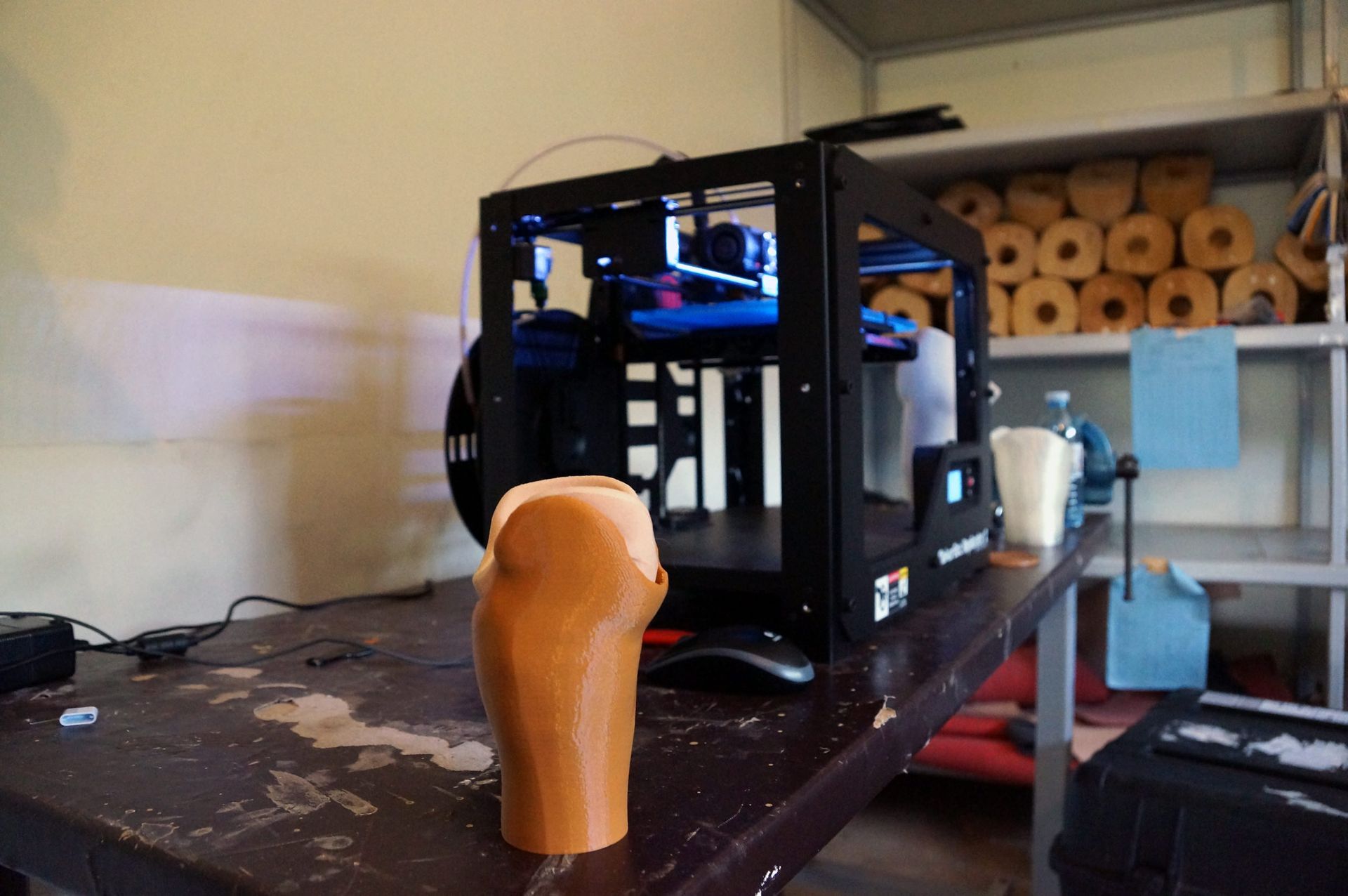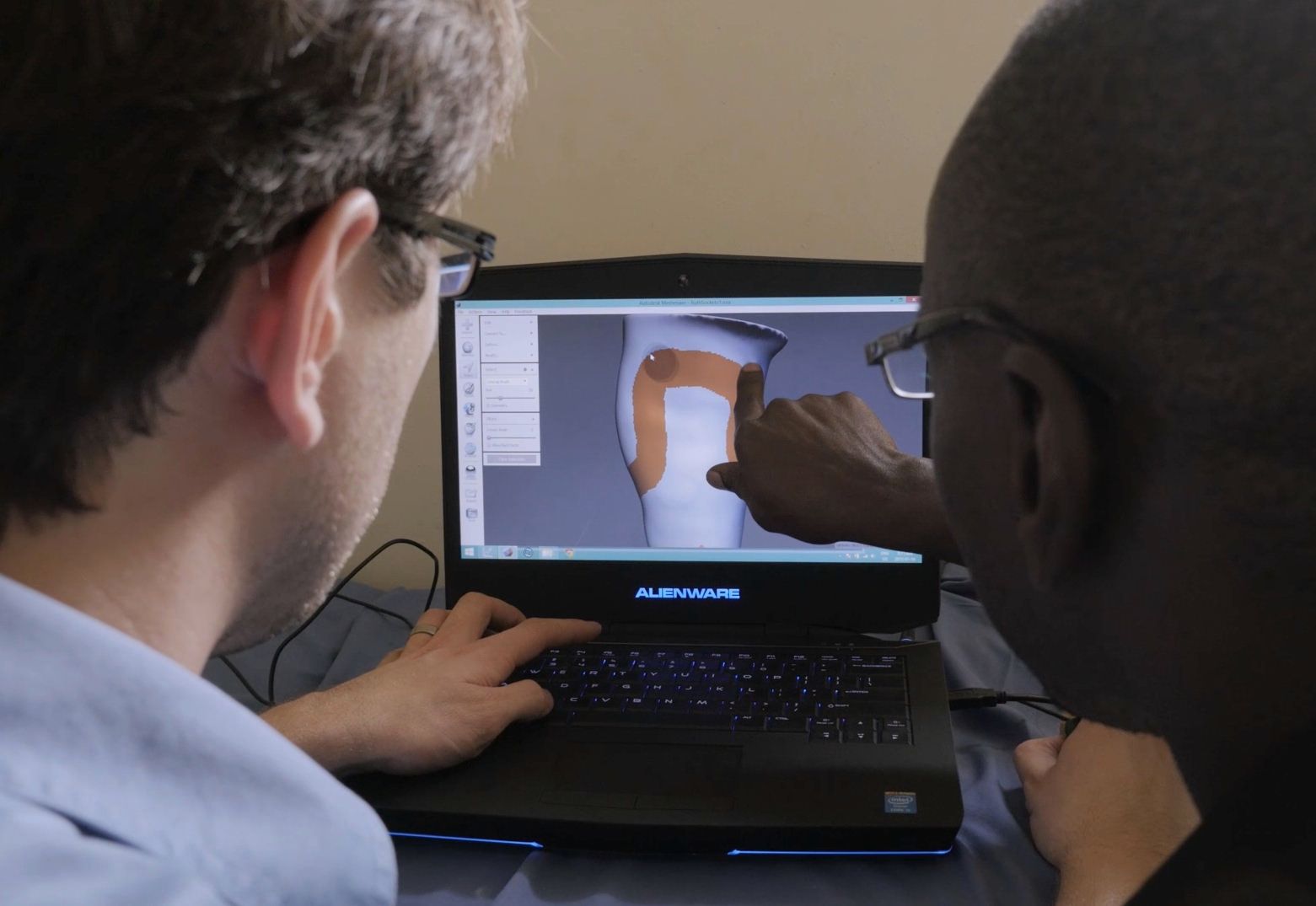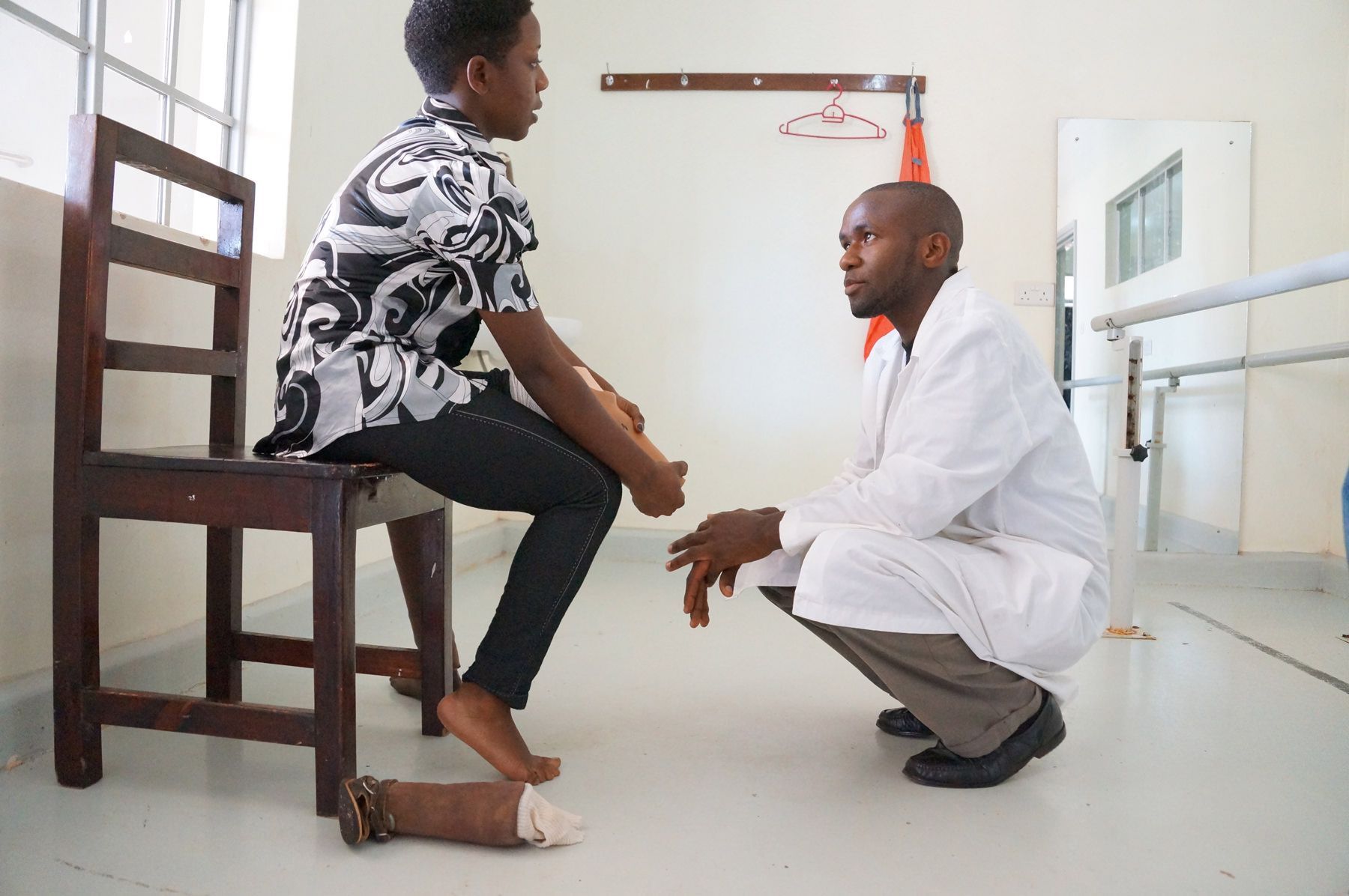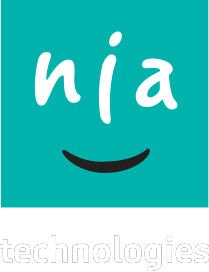Technology
Our technology is a game changer. It gives more children the chance to walk.
Meet Our Technology
Working alongside researchers at the University of Toronto, we’ve developed unique, forward-thinking 3D printing technology:
- NiaFit. Our custom software. It’s the driving force behind 3D PrintAbility, allowing clinicians to design and rectify 3D models of devices before they are printed.
- 3D PrintAbility. A start-to-finish toolchain. 3D PrintAbility provides digital scanners, custom software, and 3D printers — all of the tools clinicians need to scan, design, and print prosthetic and orthotic devices.
Meet NiaFit
Our custom software that powers 3D PrintAbility. It’s used by clinicians to design and rectify custom 3D models of prosthetics and orthotics.

Developed By Nia
We designed and developed NiaFit, a tailored, cohesive application, to streamline and enhance the workflow of 3D PrintAbility

User-Focused
NiaFit was created with clinicians in mind, incorporating the latest advancements in computer software design, including a non-linear, non-destructive parametric workflow.

Powerful & Flexible
Harnessing a gaming framework as its core, NiaFit excels in real-time rendering of intricate 3D geometries on high-resolution computer monitors
Why Did We Develop NiaFit?
We developed NiaFit after seeing that clinicians would benefit from a single, integrated software application that mirrored the traditional workflow.
NiaFit operates parametrically so that it’s flexible and easy to use. It runs on almost any operating system (e.g., Windows, Mac, iOS, Android, VR), and it’s powerful capabilities can render complex geometries on computer screens in real time.
Meet 3D PrintAbility
A start-to-finish toolchain of digital scanners, custom software called NiaFit, and 3D printers — all of the tools clinicians need to scan, design, and print custom transtibial prosthetic sockets and AFOs for children and youth, aged 5-25.
Scan
The patient’s residual limb is scanned with a 3D digital scanner.
Design
A 3D model of the prosthetic socket or AFO is created using our software called NiaFit.
The device is printed on-site using a 3D printer. It is then assembled and fitted to the patient.
Why Did We Develop 3D PrintAbility?
There are many reasons, but most importantly 3D PrintAbility reduces the time it takes to produce high-quality, custom-fitting devices from about 5 days to 1.5 days.
That means more children and youth can have access to the devices they need to help them walk.




